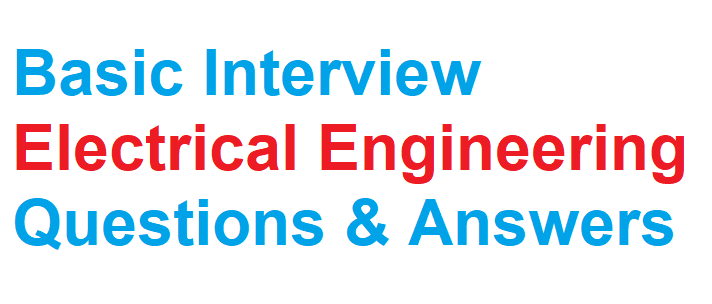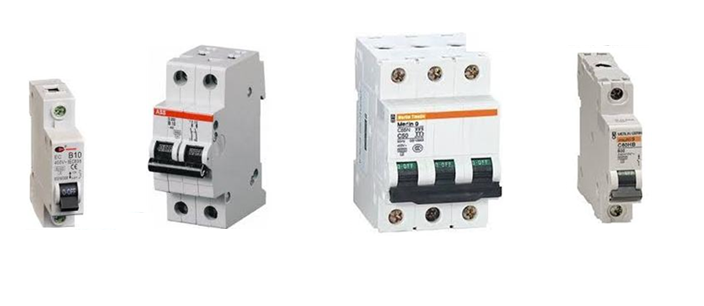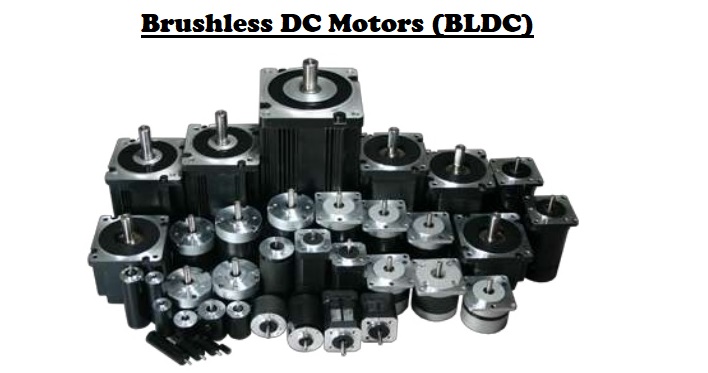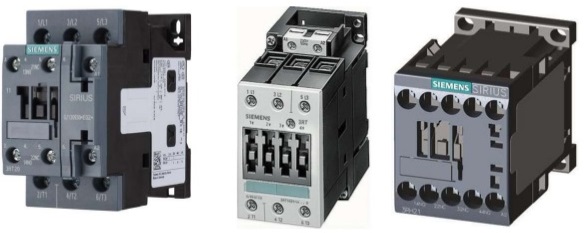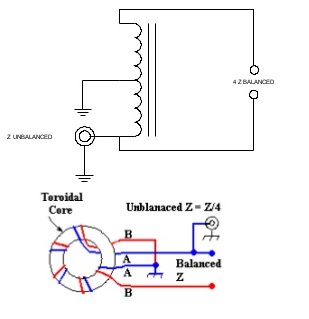Electrical Engineering Interview Questions and Answers
Section 1: Electrical interview questions and answers about switchgear and protection What are the functions of protective relays? To detect the fault and initiate the operation of the circuit breaker to isolate the defective element from the rest of the system, thereby protecting the system from damages consequent to the fault. Give the consequences of… Read More »

